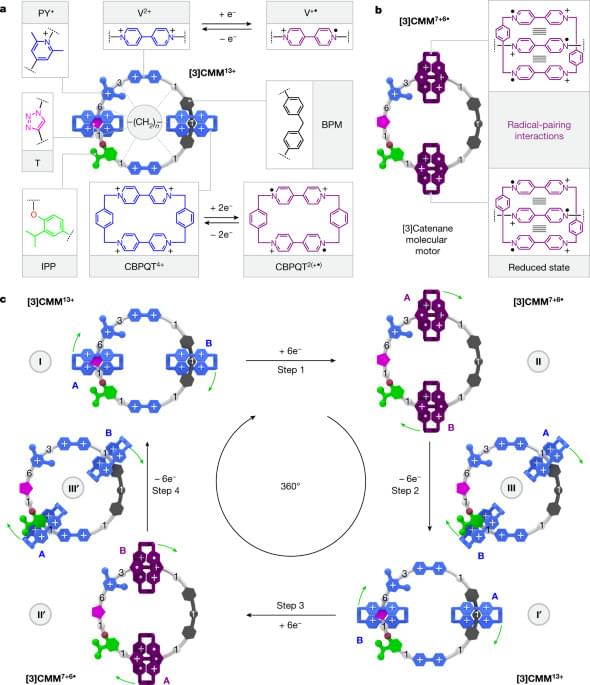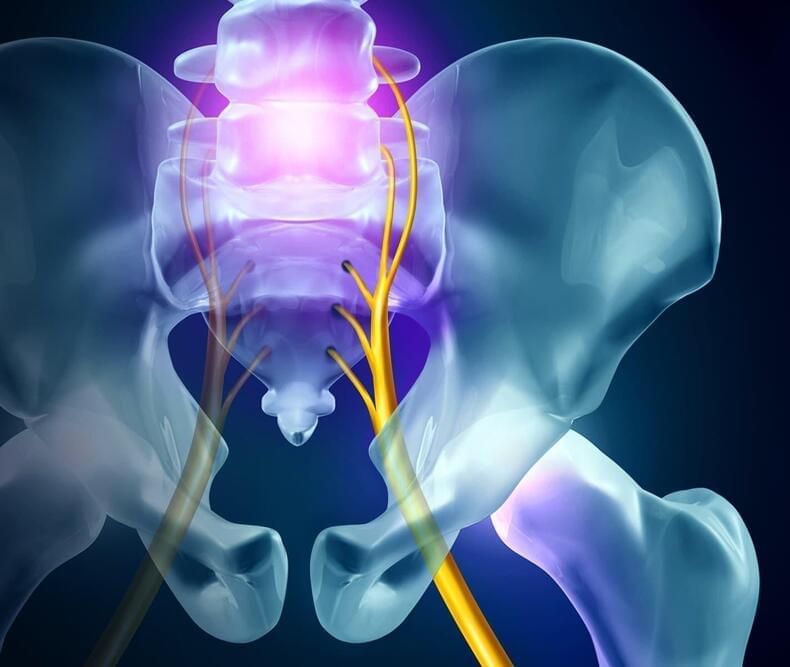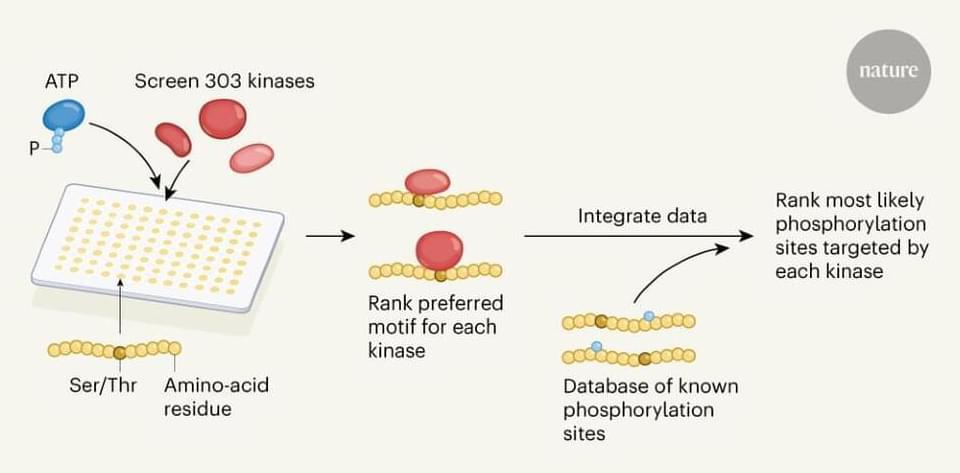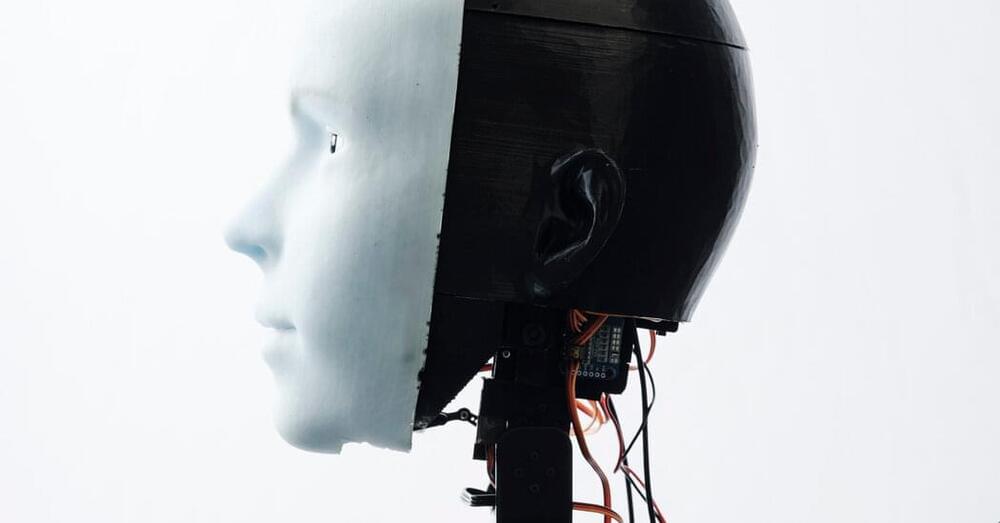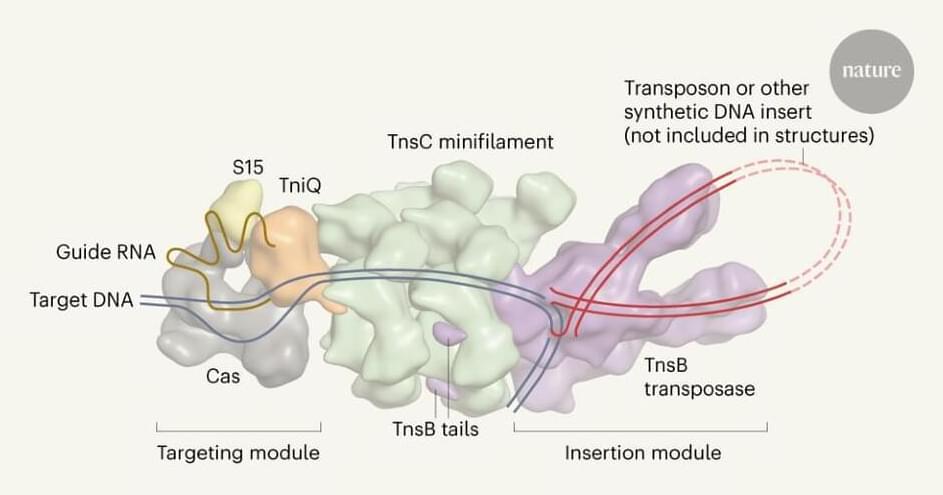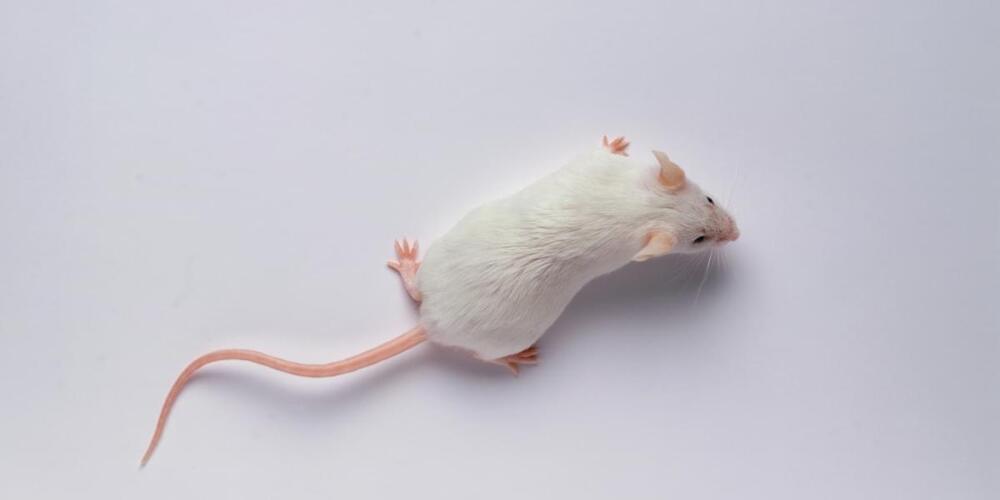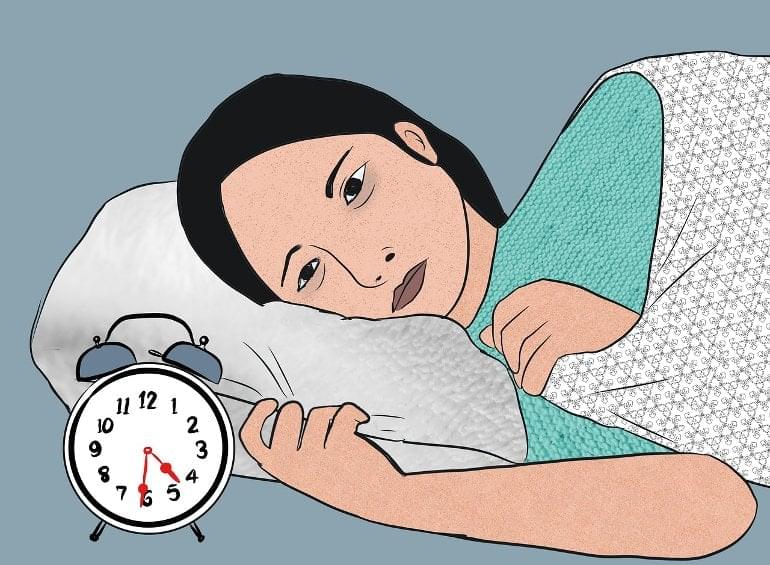An electrically driven motor on the molecular scale based on [3]catenane is described, in which two cyclobis(paraquat-p-phenylene) rings operate by means of redox reactions, demonstrating highly unidirectional movement around a circular loop.
Page 3613
You use them to sit, stand, dance, kick, and run. Find out from WebMD’s slide show what makes your hips hurt, and what you can do about it.
Jan 12, 2023
Targets mapped for almost all human kinase enzymes
Posted by Shubham Ghosh Roy in category: futurism
Jan 12, 2023
AI won’t be conscious, and here is why (A reply to Susan Schneider)
Posted by Jose Ruben Rodriguez Fuentes in category: robotics/AI
If you watched the debate live, you know that, at the very end, I wanted to reply to a point made by Susan but couldn’t, since we ran out of time. The goal of this essay is to put my reply on the record in writing, so to take it out of my system. Before I do that, however, I need to give some context to those who didn’t watch the debate live and don’t have a subscription to the IAI to watch it before reading this essay. If you did watch the debate, you can skip ahead to the section ‘My missing reply.
Context
In a nutshell, my position is that we have no reason to believe that silicon computers will ever become conscious. I cannot refute the hypothesis categorically, but then again, I cannot categorically refute the hypothesis of the Flying Spaghetti Monster either, as the latter is logically coherent. Appeals to logical coherence mean as little in the conscious AI debate as they do in the Flying Spaghetti Monster context. The important point is not what is logically coherent or what can be categorically refuted, but what hypothesis we have good reasons to entertain.
Jan 11, 2023
‘Consciousness’ in Robots Was Once Taboo. Now It’s the Last Word
Posted by Shubham Ghosh Roy in category: robotics/AI
The pursuit of artificial awareness may be humankind’s next moonshot. But it comes with a host of difficult questions.
Jan 11, 2023
Reactions as First Robot Lawyer Sets for Launching, To Appear in Court Next Month
Posted by Kelvin Dafiaghor in categories: business, internet, law, robotics/AI
The AI company has earlier created something similar earlier, they have in the past used AI-generated form letters and chatbots to help secure and recovers people’s fund for onboarding wifi that failed to work.
Many people have reacted to this new innovation citing that it may be injurious to lawyers’ legal business, particularly lawyers who have no knowledge about artificial intelligence.
Jan 11, 2023
First full views of a CRISPR-guided system for gene insertion
Posted by Kelvin Dafiaghor in category: biotech/medical
Jan 11, 2023
Meet the Finalists of the $10M ANA Avatar XPRIZE
Posted by Kelvin Dafiaghor in categories: Elon Musk, robotics/AI
![]()
Introducing the 15 finalist teams who are developing physical avatar systems to make human telepresence and interaction possible across the globe. From performing life changing operations, caretaking, disaster relief, or simply bridging the distance for social connection, these robotic avatars will allow us to expand our physical reach and evolve the way we communicate and interact remotely. Learn more about next phase of the $10M ANA Avatar XPRIZE https://www.xprize.org/prizes/avatar/articles/ana-avatar-xpr…-finalists.
ABOUT XPRIZE
Continue reading “Meet the Finalists of the $10M ANA Avatar XPRIZE” »
Jan 11, 2023
This biotech startup says mice live longer after genetic reprogramming
Posted by Kelvin Dafiaghor in categories: biotech/medical, genetics, life extension
Jan 11, 2023
Scientists Make Progress in Decoding Genetics of Insomnia
Posted by Paul Battista in categories: biotech/medical, genetics
Summary: Researchers identify the role the Pig-Q gene plays in sleep regulation. Mutations of the Pig-Q gene increase sleep.
Source: Texas A&M
A research effort involving researchers from Texas A&M University, the Perelman School of Medicine at the University of Pennsylvania and Children’s Hospital of Philadelphia (CHOP) has used human genomics to identify a new genetic pathway involved in regulating sleep from fruit flies to humans—a novel insight that could pave the way for new treatments for insomnia and other sleep-related disorders.
